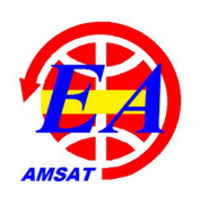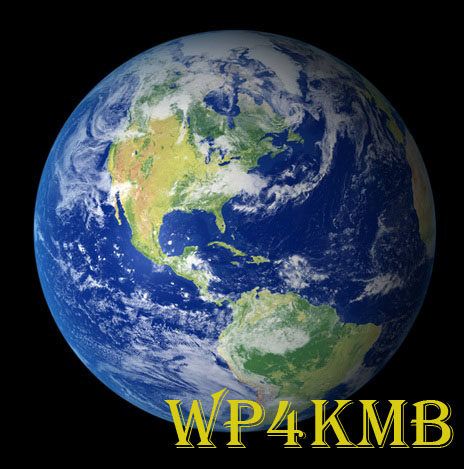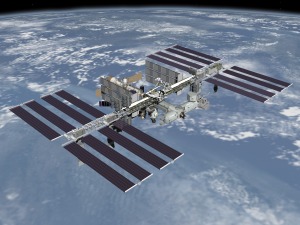AMSAT-EA developing URESAT-1 satellite
AMSAT-EA developing URESAT-1 satellite
 AMSAT-EA is already working on the mission of what will be the first satellite of URE (Spain’s national amateur radio society), URESAT-1.
AMSAT-EA is already working on the mission of what will be the first satellite of URE (Spain’s national amateur radio society), URESAT-1.
A translation of post by URE says:
At the IberRadio Fair, held in September, the possible functionalities that this satellite could implement were shown.
Details of the evolutions planned for the URESAT satellite are based on the experience of the previous GENESIS missions, with the GENESIS-N and GENESIS-L satellites, launched into space with Firefly on September 3 (although, they failed to reach orbit due to failure of the thruster), and EASAT-2 and Hades, which will launch with SpaceX on January 10 from Cape Canaveral.
Although the final functionalities must be approved by the URE itself, it is expected that said satellite will incorporate an FM voice repeater, FSK transmissions and some type of on-board experiment, which could be a camera with SSDV transmissions or some type of propellant.
If the necessary financing is obtained, it is expected that this satellite could be sent into space by the end of 2022.
Source URE https://tinyurl.com/IARU-Spain
m5aka
AMSAT-UK
Powered by WPeMatico



